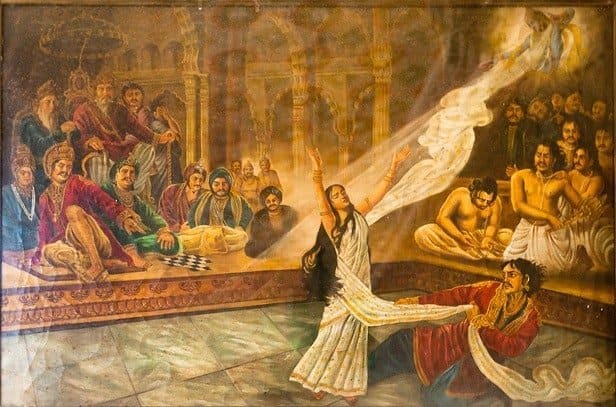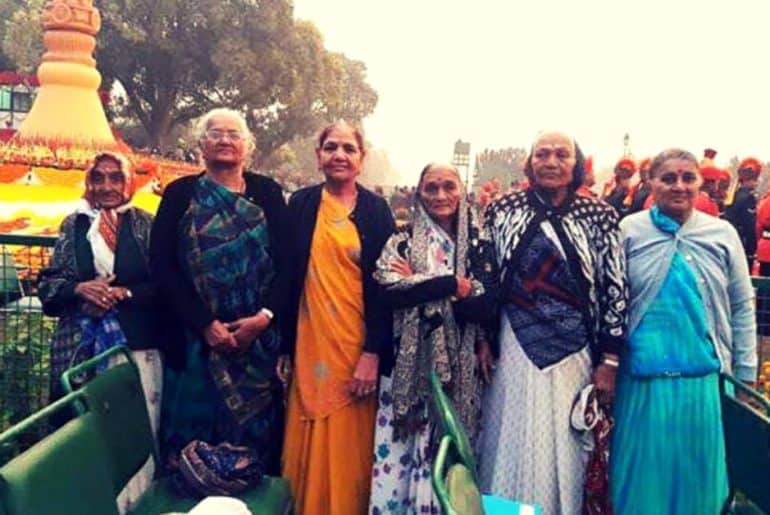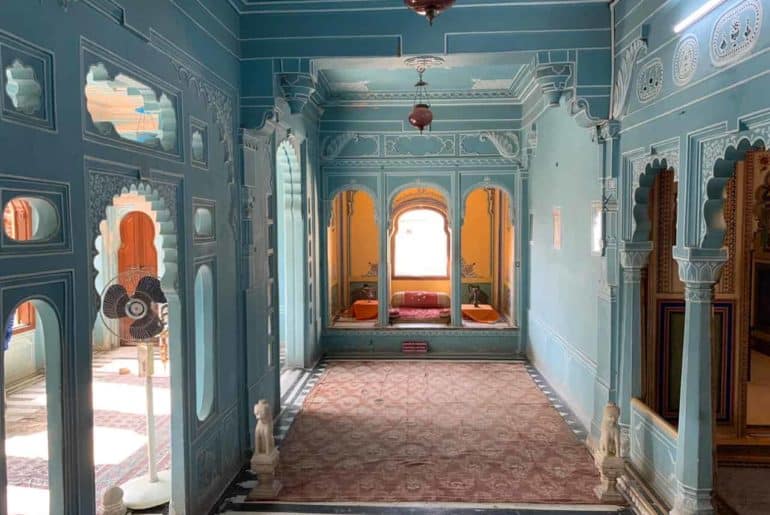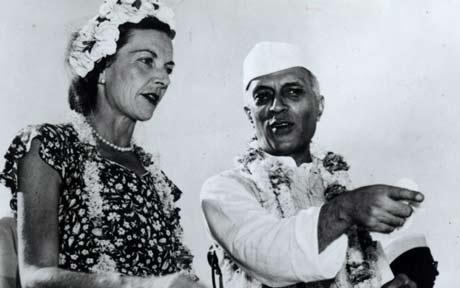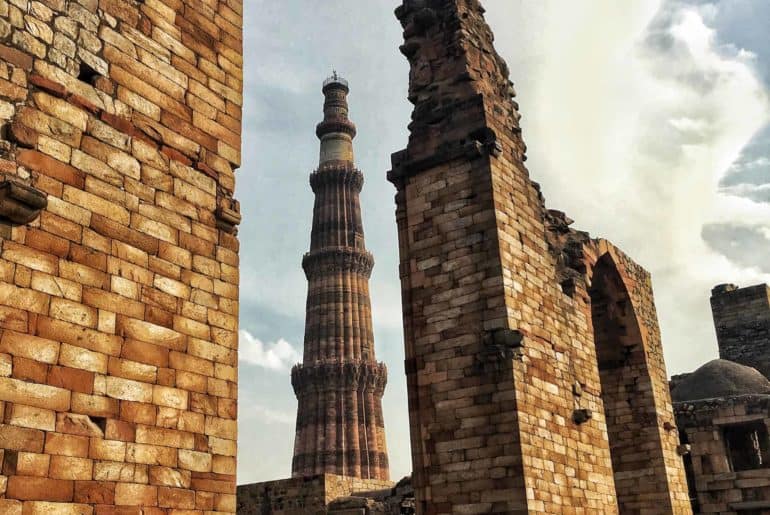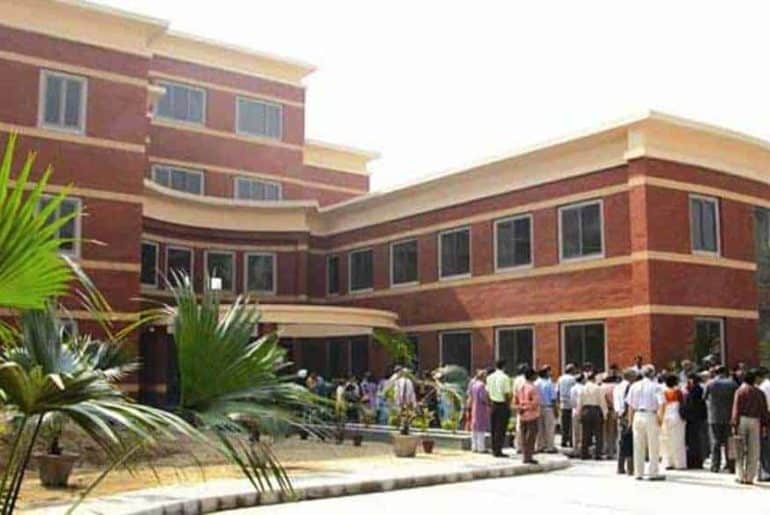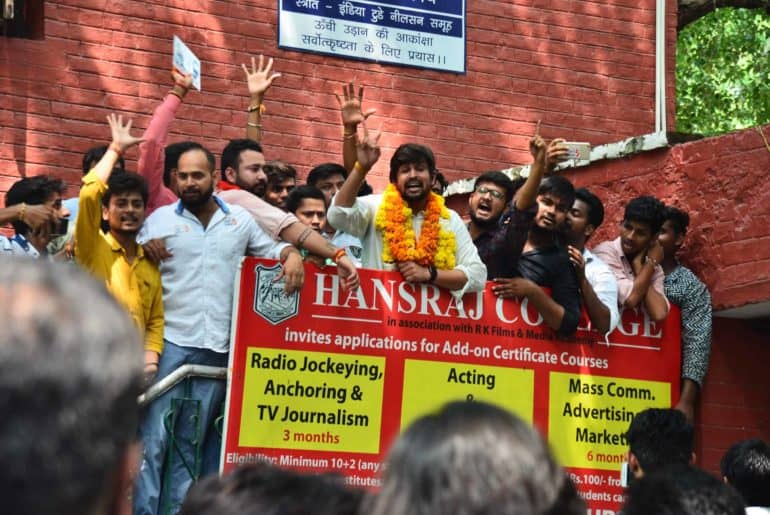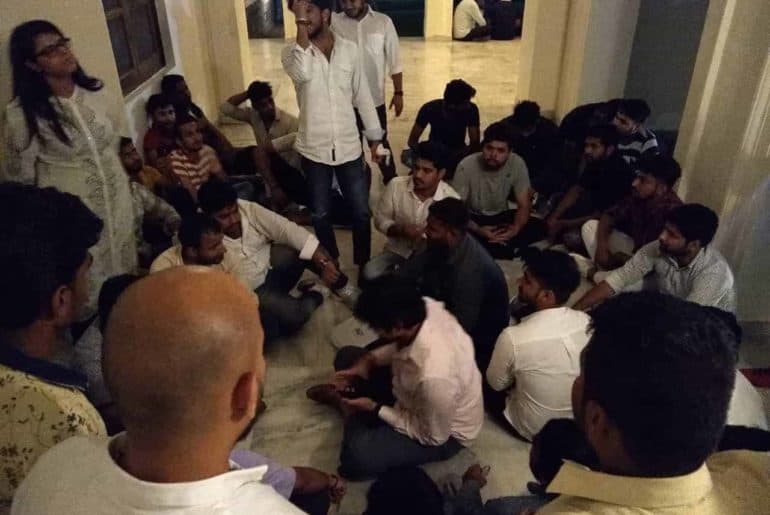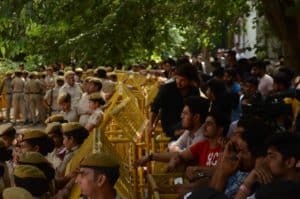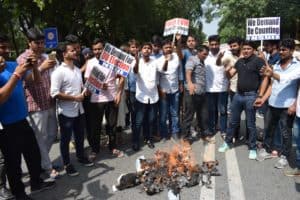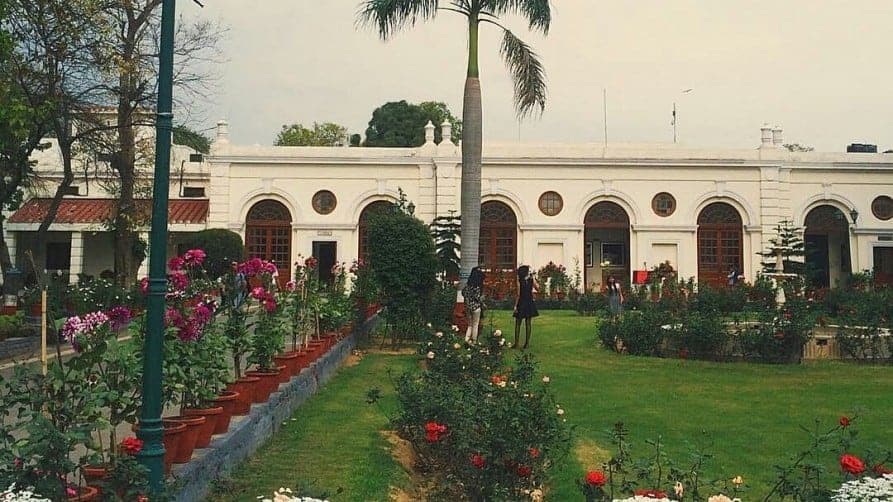From time immemorial, India has been the land of numinous and unsolved mysteries. Mysteries which are diffcult to explain leaving huge question marks in our minds.
Indian texts like the Vedas, Mahabharata, and Ramayana are loaded with fanciful tales of divine beings, their forces, and epic battles between them, which are claimed to have taken place long ago. Their adventures are generally perceived to be mythological sagas that are taken as allegories. These texts mention extremely powerful Gods who fought off evil forces with superhuman abilities, flying craft s, and weapons resembling those of modern ti mes. Hence, can we be certain that all these enigmatic sagas were allegoric or did they occur in reality?
• Vimana Technology
The word “Vimana” which can literally be translated to “traversing” has various meanings ranging from its use to describe a temple or palace to mythological flying craft s in various ancient Sanskrit Texts. Mentions of these flying machines are run-of-the-mill in ancient Indian Sanskrit texts. The Vimana has been described in ancient texts as craft s of various types. Some were land and seafaring vehicles, while others flew sometimes all the way to the moon or further.
• Time Travel Technology
Just as Christopher Nolan’s Interstellar makes reference to a “Miller Planet” (An ocean planet orbiting extremely close to a black hole), on which 9 hours are approximate to 63 Earth years (Due to close proximity to the Black Hole), the Mahabharata also has made a reference to a similar concept in one of its many stories about King Kakudmi of Kusasthali (ancient name of Dwarka, Gujarat), who along with his daughter Revati , travels to heaven to meet the Creator, Brahma, to seek advice for a suitable groom. When he returns to Earth, he’s surprised to learn that many ages have passed, as just a few seconds in Brahamalok was described equivalent to thousands of years on Earth. A concept similar to Einstein’s Theory Of Relativity, explaining that ti me runs differently on different planes of existence.
• Nuclear Technology
The “Drona Parva”, which was the seventh book of the Mahabharata consists of one of the weirdest and unexplainable stories which describe the crisis of war. Although this theme wasn’t unusual, since the central story of the epic itself was based on a battle between two sets of cousins, the book gives us some descriptions, which are similar to the aftermath of a nuclear war. The book mentions explosions so powerful, that leave animals screeching in agony, metal armour melting onto the bodies of the troops, pregnant women losing their babies, as well as a scarlet cloud in the sky which resembled flames of a fire, all of which sound like descriptions of nuclear war and its fallout. A theory was also formulated, suggesting that the Harappan Civilizati on may have been destroyed by such a nuclear event. There have been finds in Mohenjodaro of skeletons of a family holding hands and appear to be flattened as if they had died of a sudden occurrence. Some unverified accounts also say that some radioactive ash was also found initially when the site was excavated. However, the veracity of these accounts can’t be examined since there isn’t any evidence to support them.
Whether these stories of advance technologies in ancient Indian texts are a reflecti on of the past or just allegories, they surely do evoke a great amount of inquisitiveness.
Feature Image Credits: Ancient History Lists
Abhinandan Kaul

